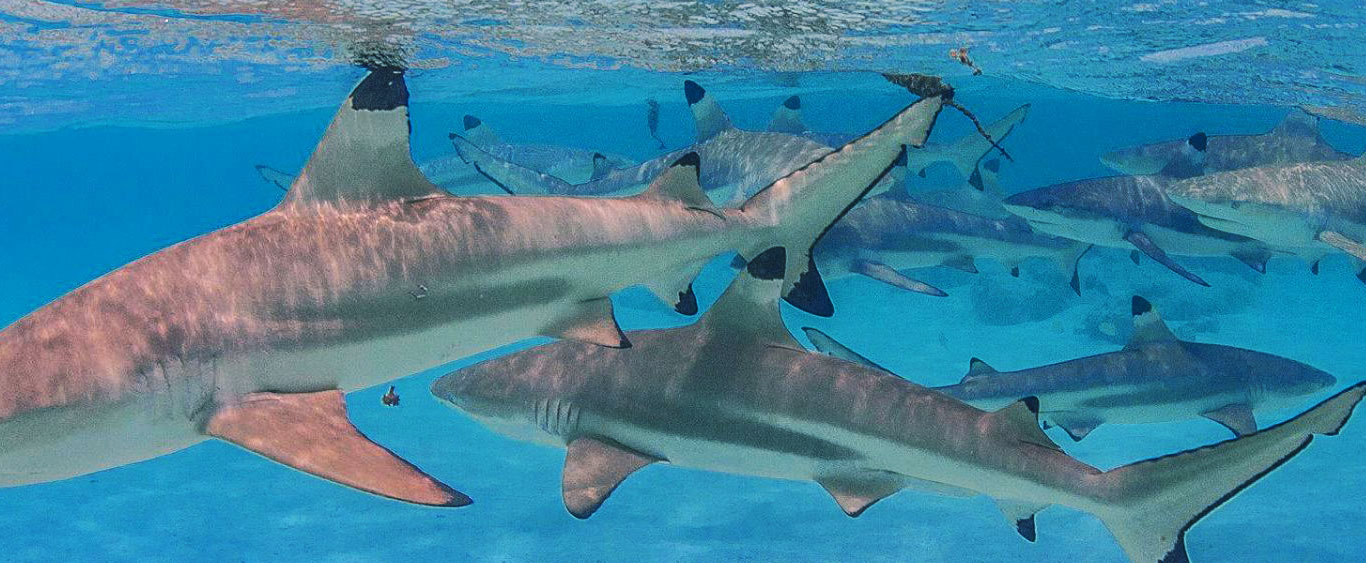Most sharks and rays exhibit life history characteristics (slow growth rate, late maturity and few young) that make them especially susceptible to overfishing and slow to recover from a depleted state. Unfortunately, these species have been generally low priorities for fisheries research and management, leading to many cases of fishing and even population collapse. AES formed a dedicated Conservation Committee to add a scientific perspective to relevant resource management debates in hopes of helping to prevent overexploitation of these vulnerable species.
The AES Conservation Committee formulates for the membership’s consideration a few annual Resolutions (and occasional letters) underscoring expert advice for addressing timely elasmobranch conservation issues. Remedies promoted by past AES Conservation Committee activities include national protections for sawfishes, science-based catch limits for commercially valuable elasmobranchs (such as shortfin makos and thorny skates), state safeguards for cownose rays, best practices for enforcing shark finning bans, listings for various species under the Convention on International Trade in Endangered Species (CITES), and increased government funding for elasmobranch conservation research.
AES Resolutions are discussed and voted on by AES members at annual business meetings. After adoption, they are shared with counterparts within the American Society for Ichthyologists and Herpetologists (ASIH) and formally transmitted by the AES President to relevant policymakers, ideally at key decision points. The Conservation Committee Chair briefs the AES membership during annual meetings on the outcomes of past appeals.
Approved Conservation Resolutions
2022 Greenland Shark Resolution
